Letter to you from Thomas Alva Edison
To whom it may concern,
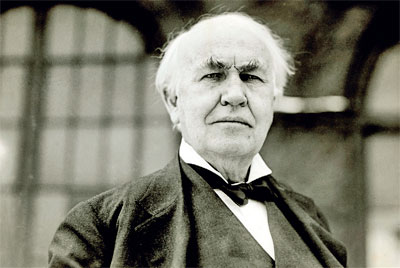 Let me tell you this, opportunity is missed by most people because it is dressed in overalls and looks like work. For me, I’ve failed so many times and if not for the hard work we would all be living in darkness. I was born to Sam and Nancy on February 11, 1847, in Milan, Ohio. Known as “Al” in my youth, I was the youngest of seven children, four of whom survived to adulthood. Even I tended to be in poor health when I was young. Well I survived the ill health for the most part. We moved to Michigan later because my father wanted to succeed in his lumber business. Then came the difficulties in school. I was quite a poor student. When a schoolmaster called me “addled,” or slow. My furious mother took me out of the school and proceeded to teach me at home. My mother was the making of me. She was so true, so sure of me, and I felt I had someone to live for, someone I must not disappoint.
Let me tell you this, opportunity is missed by most people because it is dressed in overalls and looks like work. For me, I’ve failed so many times and if not for the hard work we would all be living in darkness. I was born to Sam and Nancy on February 11, 1847, in Milan, Ohio. Known as “Al” in my youth, I was the youngest of seven children, four of whom survived to adulthood. Even I tended to be in poor health when I was young. Well I survived the ill health for the most part. We moved to Michigan later because my father wanted to succeed in his lumber business. Then came the difficulties in school. I was quite a poor student. When a schoolmaster called me “addled,” or slow. My furious mother took me out of the school and proceeded to teach me at home. My mother was the making of me. She was so true, so sure of me, and I felt I had someone to live for, someone I must not disappoint.
Apart from the heartbreak of school I showed a fascination for mechanical things and for chemical experiments from a very early age. In 1859, I took a job selling newspapers and candy on the Grand Trunk Railroad to Detroit. In the baggage car, I set up a laboratory for my chemistry experiments and a printing press, where I started the “Grand Trunk Herald”, the first newspaper published on a train. An accidental fire forced me to stop my experiments on board. And that prospective career came to an end there. Around the age of twelve, I lost almost all his hearing. (There are several theories as to what caused this hearing loss. Some attribute it to the aftereffects of scarlet fever which I had as a child. Others blame it on a conductor boxing my ears after I caused a fire in the baggage car, an incident which I claimed never happened.) Well I personally blame it on an incident in which I was grabbed by the ears and lifted to a train.
But I did not let this disability discourage me, however, and often treated it as an asset since it made it easier for me to concentrate on my experiments and research. Undoubtedly, though, my deafness made me more solitary and shy in dealings with others. In 1862, I rescued a three-year-old from a track where a boxcar was about to roll into him. The grateful father, J.U. MacKenzie, taught me railroad telegraphy as a reward. That winter, I took a job as a telegraph operator in Port Huron. In the meantime, I continued my scientific experiments on the side. Between 1863 and 1867, I migrated from city to city in the United States taking available telegraph jobs.
Becoming an inventor
Despite my success as a telegrapher, I longed for a greater challenge. Eager to advance my scientific knowledge, I studied a volume of electricity-based experiments written by 19th-century British scientist Michael Faraday. In 1868, inspired by my reading, I developed my first patented invention -- an automatic vote recorder designed for use by legislators. Unfortunately, although the device performed flawlessly, I could not find any buyers. (Politicians didn’t like the idea of locking in their votes immediately without the option of further debate.) I resolved to never again invent something for which there was no clear need or demand. Then I became interested in the stock ticker, a device that had been invented in 1867. Businessmen used stock tickers in their offices to keep them informed of changes in stock market prices. I, together with a friend, briefly ran a gold-reporting service that used the stock tickers to transmit gold prices into subscribers’ offices.
After that business failed, I set about improving the performance of the ticker. By this time I increasingly gat dissatisfied with working as a telegrapher. In 1869, I decided to leave my job in Boston and move to New York City to become a full-time inventor and manufacturer. My first project in New York was to perfect the stock ticker that I had been working on. I sold my improved version to Western Union for the enormous sum of $40,000, an amount that enabled me to open my own business. I established my first manufacturing shop, American Telegraph Works, in Newark, New Jersey in 1870. I employed 50 workers, including a machinist, a clockmaker, and a mechanic. I worked side-by-side with my closest assistants and welcomed their input and suggestions.
The Menlo Park Laboratory
In 1876, I erected a two-story building in rural Menlo Park, New Jersey, conceived for the sole purpose of experimentation. Me along with my wife bought a house nearby and installed a plank sidewalk connecting it to the lab. (I married Mary Stilwell and had three children). Despite working close to home, I often became so involved in his work, I stayed overnight in the lab. Mary and the children saw very little of me. Following Alexander Graham Bell’s invention of the telephone in 1876, I became interested in improving the device, which was still crude and inefficient. I was encouraged in this endeavour by Western Union, whose hope it was that I could create a different version of the telephone. The company could then make money from my telephone without infringing upon Bell’s patent. I did improve upon Bell’s telephone, creating a convenient earpiece and mouthpiece; I also built a transmitter that could carry messages over a longer distance.
Invention of the Phonograph and being famous
I began to investigate ways in which a voice could not only be transmitted over a wire, but recorded as well. In June 1877, while working in the lab on an audio project, along with my assistants, I inadvertently scratched grooves into a disc. This unexpectedly produced a sound, which motivated me to create a rough sketch of a recording machine, the phonograph. By November of that year, my assistants had created a working model. Incredibly, the device worked on the first try, a rare outcome for a new invention. I became an overnight celebrity. I was known in the scientific community for some time; but this made the public at large know me by name. The New York Daily Graphic christened me as “the Wizard of Menlo Park.” Scientists and academics from around the world praised the phonograph and even President Rutherford B. Hayes insisted upon a private demonstration at the White House.
Convinced that the device had more uses than as a mere parlour trick, I started a company devoted to marketing the phonograph. (I eventually abandoned the phonograph, however, only to resurrect it decades later.) When the chaos had settled down from the phonograph, I turned to a project that had long intrigued him - the creation of an electric light. By the 1870s, several inventors had already begun to find ways to produce electric light. I attended the Centennial Exposition in Philadelphia in 1876 to examine the arc light exhibit displayed by inventor Moses Farmer. I studied it carefully and came away convinced that I could make something better. My goal was to create an incandescent light bulb, which was softer and less glaring than arc lighting. I experimented with different materials for the filament in the light bulb. The ideal material would withstand high heat and continue to burn for longer than just a few minutes (the longest time they had observed up until then). On October 21, 1879, my team discovered that carbonized cotton sewing thread exceeded their expectations, staying lit for nearly 15 hours. Then we began the work of perfecting the light and massproducing it.
The project was immense and would require years to complete. In addition to fine-tuning the light bulb, I also needed to consider how to provide electricity on a large scale. We would need to produce wires, sockets, switches, a power source, and an entire infrastructure for delivering power. My power source was a giant dynamo -- a generator that converted mechanical energy into electric energy. I decided that the ideal place to debut this new system would be downtown Manhattan, but I needed financial backing for such a grand project. To win investors over, I gave them a demonstration of electric light at the Menlo Park lab on New Year’s Eve, 1879. Visitors were enthralled by the spectacle and I received the money needed to install electricity to a portion of downtown Manhattan. After more than two years, the complex installation was at last completed. On September 4, 1882, my “Pearl Street Station” delivered power to a one square mile section of Manhattan. Although my undertaking was a success, it would be two years before the station actually made a profit. Gradually, more and more customers subscribed to the service.
Alternating Current Vs. Direct Current
Soon after the Pearl Street Station had brought power to Manhattan, I became caught up in the dispute over which type of electricity was superior: direct current (DC) or alternating current (AC). Scientist Nikola Tesla, a former employee of mine, became my chief rival in the matter. I favoured DC and had used it in all of his systems. Tesla, who had left our lab over a pay dispute, was hired by inventor George Westinghouse to build the AC system which he (Westinghouse) had devised. With most of the evidence pointing to AC current as the more efficient and economically feasible choice, Westinghouse chose to support AC current.
In a shameful attempt to discredit the safety of AC power, I staged some disturbing stunts, purposely electrocuting stray animals -- and even a circus elephant -- using AC current. Horrified, Westinghouse offered to meet with me to settle their differences to which I refused. I may not have been the best person during this time. But when things happen, they happen. In the end, the dispute was settled by consumers, who preferred the AC system by a margin of five to one. The final blow came when Westinghouse won the contract to harness Niagara Falls for the production of AC power. Later in life, I admitted that one of his biggest mistakes had been his reluctance to accept AC power as superior to DC.
Loss and Remarriage
All good things come to an end and I had long neglected my wife Mary, but was devastated when she died suddenly at the age of 29 in August 1884. My two boys, who had never been close me were sent to live with Mary’s mother, but twelve-yearold Marion (“Dot”) stayed me. She became very close to me. I married again in 1886 at the age of 39, after proposing in Morse code to 18-year-old Mina Miller. The wealthy, educated young woman was better suited to life as my wife than had been Mary Stilwell. But Mary’s loss was great indeed. My children moved with us to our new mansion in West Orange, New Jersey. Mina Edison eventually gave birth to three children: daughter Madeleine and sons Charles and Theodore.
After this I established the West Orange lab in which I created more inventions. Which is another story to tell. From 1915 until the end of World War I, I served on the Naval Consulting Board -- a group of scientists and inventors whose goal it was to help the U.S. prepare for war. My most important contribution to the U.S. Navy was my suggestion that a research laboratory be built. Eventually, the facility was built and led to important technical advances that benefited the Navy during World War II. On October 18th 1931 in West Orange, New Jersey I was 84 and feeling peaceful, knowing that if I never woke up one day I had contributed enough and more to earth to never regret my existence. What you are will show in what you do.
Love,
Thomas Alva Edison.
Written by Devuni Goonewardene (email any feedback to [email protected])
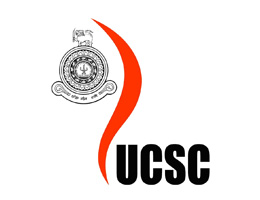
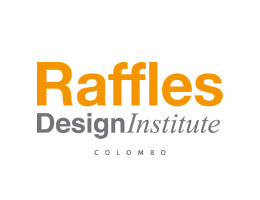


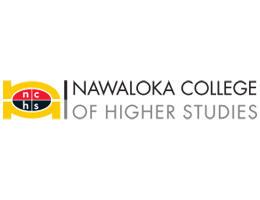
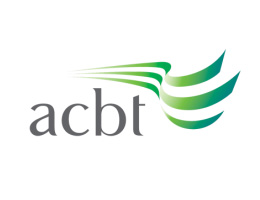

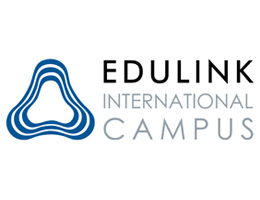
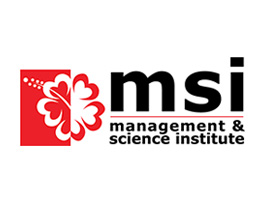
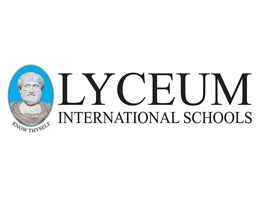

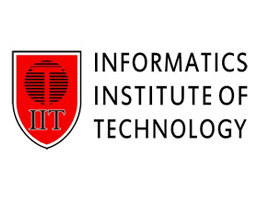
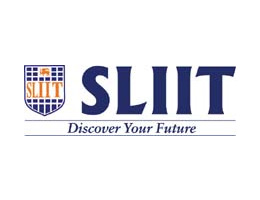
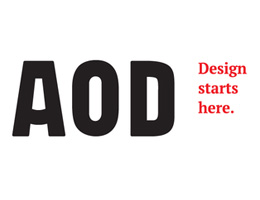
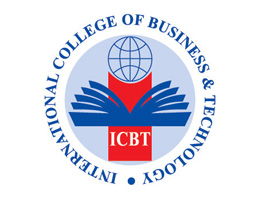


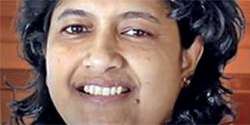
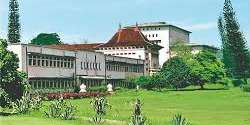
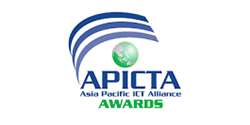
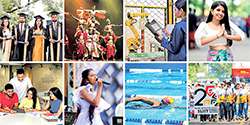



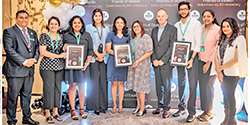
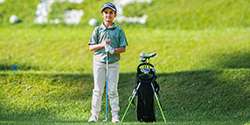
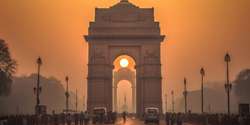
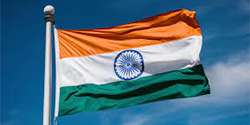
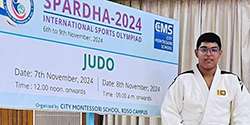

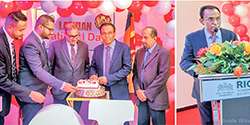

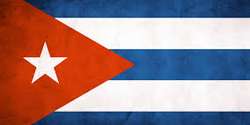
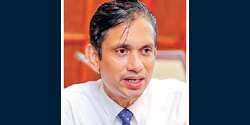
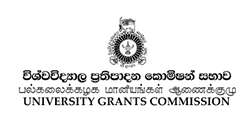
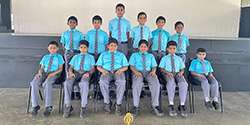






.jpg)
.jpg)
.jpg)
.jpg)
.jpg)
